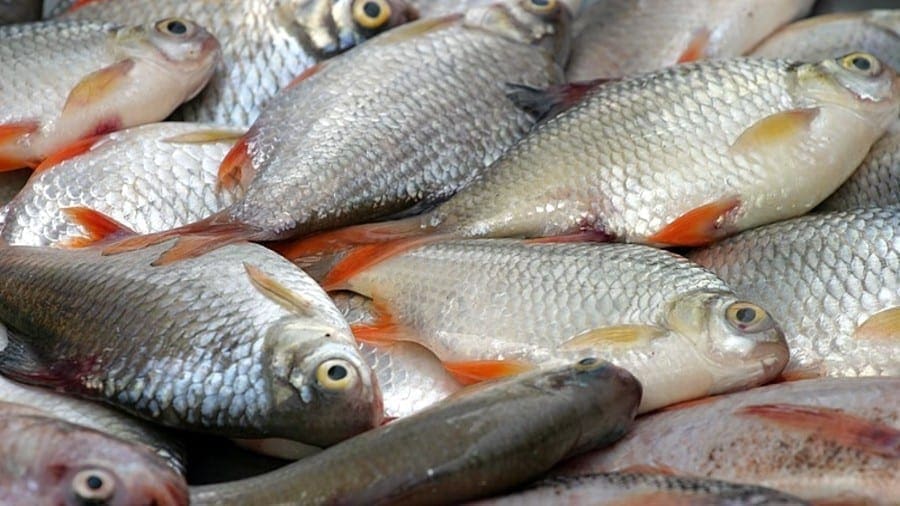KENYA – The Nakuru County government in Kenya has unveiled plans of investing Sh13 million (US$130, 000) in setting up of a fish processing plant on the shores of Lake Naivasha.
According to the Nakuru County Fisheries Officer Mathew Ngila, the fish processing plant will contribute to value addition and will also include a fish market, reports Daily Nation.
“We expect to process about two to three tonnes of fish each day and [this way] boost the income of the fish stakeholders,” said Mr Ngila.
Additionally, Mr Ngila said that the processing plant will include a bulking unit with cold storage facilities for value addition of fish products and provision of hygienic facilities in handling fish.
In the recent past, in recognition of the value of the fishing industry in Lake Naivasha, Imarisha Naivasha, a public-private sector-community-driven initiative supported by the Kenyan government, was launched seeking to improve the fisheries’ infrastructure.
The initiative was also to see the construction of modern fish handling sites at the landing beaches, including sanitary slabs for fish preparation, cold storage facilities, and eateries
According to Industrialisation and Enterprise Development Ministry, despite high fish production potential, Kenya has an annual deficit of 80,000 tonnes of fish, which in most cases is filled through imports.
The new fish processing plant comes as part of the country’s efforts to bridge the gap by stimulating local production.
According to report by The Star, last year the country received cash injection of Sh14 billion (US$140 million) from International Fund for Agricultural Development (IFAD) that sought to increase fish farming across the country.
The government targets to increase aquaculture production to 84,551 metric tonnes by 2022, while the country’s annual fish production is approximately 150,000 metric tonnes valued at about US$ 210 million (Sh21 billion).
Fish farming in Kenya employs more than 500, 000 people are directly, while one million benefit from it and generates the country more than US$40 million in foreign exchange.
Tilapine species contribute about 90% of fish farming while the Mackerel fish mostly imported from China dominates three quarters of the Kenyan market.











